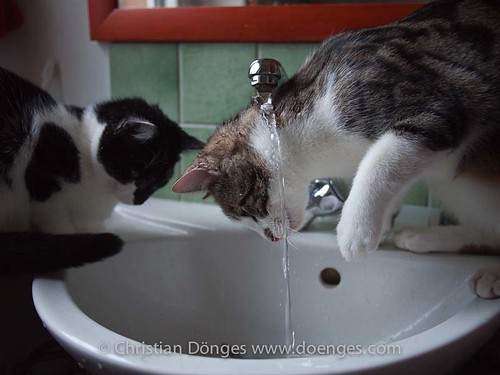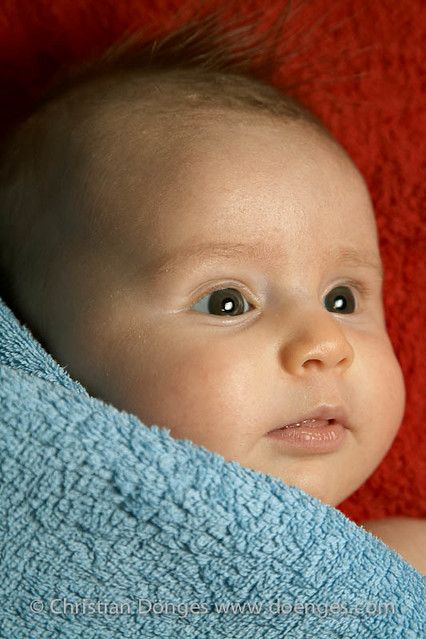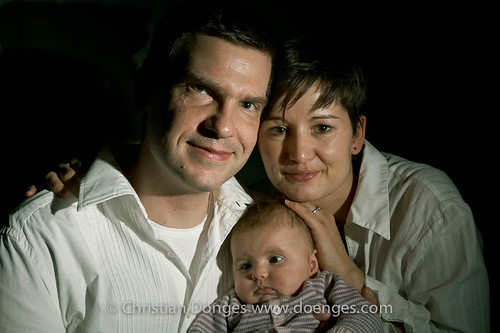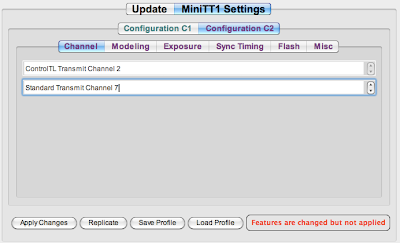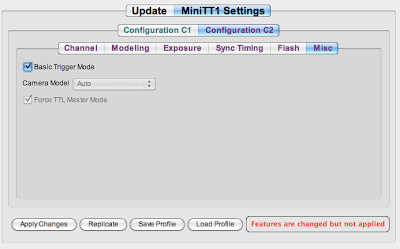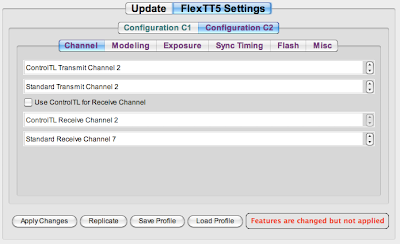When the Hypo-Haus was completed in 1981, it was the highest office building in the city of Munich, Germany. At 114 m (374 ft) that may not be saying much for a skyscraper, but Munich has city ordinance that disallows building taller than a fixed limit. Since the Uptown Munich building was completed in 2004, it does not even bear that distinction anymore.
For me, that is not the point, however. I used to dislike the building intensely until I happened to drive past it in absolutely wonderful light as storm clouds were rippling across the sky. All of a sudden it struck me what the architects must have envisioned when they designed me. I still regret that I did not stop immediately and photograph the building then and there, so I try to make up for the omission by angling for a good shot whenever I am in the area.
 |
| Hypo-Haus in Munich |
In this photo, I really like the slight golden sheen to the building, which I have never noticed before. The building usually looks silver. The outside surface is made of aluminum, which may have been anodized to protect it from corrosion, giving it the gold tint – who knows?
The full resolution image also shows remarkable detail, which goes to show what an Olympus PEN E-P1 is capable of with the right lens (in this case a Panasonic LUMIX G 20mm f/1.7). It’s not about the equipment … but that’s a topic for another day.

